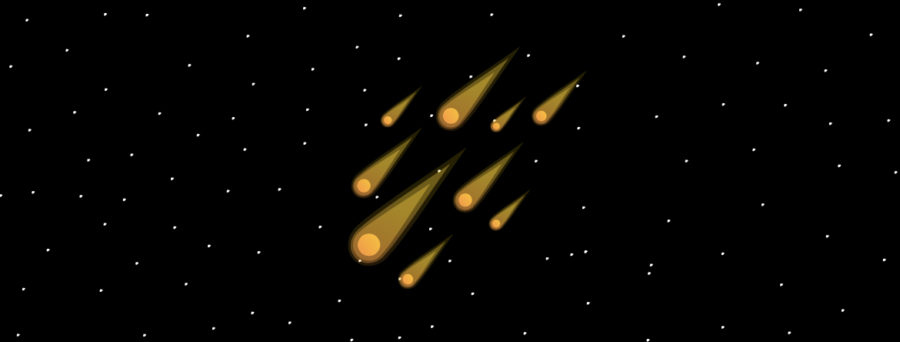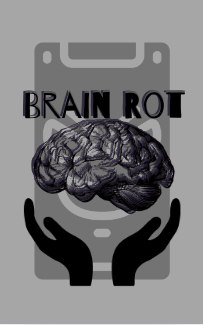Upcoming Celestial Events That You Can Anticipate
Grab a pair of binoculars and get a wide-eyed view of the night sky, because there are numerous celestial events that you should keep an eye out for this year. The Perseid meteor shower, a super blue moon, and a solar eclipse are just a few to look forward to.
Celestial events occur when comets pass next to Earth and become visible in the night sky. There are many types of celestial events, which can be solar, lunar, or planetary.
“I think they’re pretty and unique,” freshman Matthew Rayman said. “It depends on which one but they’re cool to look at.”
There are many celestial events to look forward to for this year. From July 14 to September 1, bright meteors with long tails will light up the sky. This is called the perseid meteor shower. The shower happens when Earth passes through debris left behind by the comet Swift-Turtle is when the shower happens. It’ll peak as the Earth moves through the densest portion.
On July 3, August 1, August 31, and September 29, the moon will appear a bit larger and brighter than usual. This is called a supermoon. Since there’ll be two full moons in the month of August, the second is considered a blue moon.
Later this year, from November 19 to December 24, we will have a Geminid meteor shower, which is known for its fast meteors. They can travel 78,000 miles per hour. The Geminids come from an asteroid called Phaethon. Like all asteroids, Phaethon brightens as it gets closer to the sun, but this asteroid comes closer to the sun than any other known asteroid. It’s predicted that most meteors will pour down on the nights of December 13 and 14.
One recent event from 2023 was a Venus-Jupiter conjunction that occurred on March 1st. A conjunction occurs when a planet appears closer to another planet, a star, or the moon. Conjunctions are relatively frequent, so viewers were able to get a good view of this conjunction.
Many people take the special occurrences to their advantage to watch the beautiful events play out with family and friends.
“I remember watching the 2017 solar eclipse,” science teacher Rebecca Lee said. “We weren’t on the path of totality, but it was still amazing to see the partial eclipse.”
The most recent celestial event of 2023 was the Eta Aquarids meteor shower that occurred from May 5 to May 6. The shower is known for its fast meteors that leave long, glowing trails.
Its Radiant is located in the constellation Aquarius and its meteors come from the comet Halley, which completes an orbit around the sun about once every 76 years. This comet also produces the Orionid meteor shower, which usually occurs in late-October each year. Halley was last seen in 1986, and is expected to appear again in 2061. When this event comes around again, it’ll be best viewed in the Southern Hemisphere, but can also be seen in some areas north of the equator.
“It occurs annually or at some regular interval as the Earth goes through a dusty debris left by a comet,” NASA employee Ronald Lagos said. “The Leonid meteor storm is one of the biggest ones that happened in 1833. The next one will be in 2031.”
Celestial events have a lot of interesting and unique aspects to it. Many people will go out to witness the dazzling scenery of the events, and are sure to have a memorable and exciting time.







